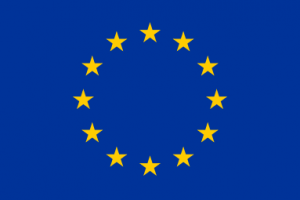This is a story about an event that happened not so long ago, which ripples are reaching further...Let's recap. Thursday, May 19 at the scientific “Liceo” A. Einstein in Rimini: the final event of a laboratory “Quantum Atelier” took place. The project was born as a result of the PLS – Piano Lauree Scientifiche – a course on the Second Quantum Revolution hosted by the high school and the need of finding new languages, in particular, evocative, personal, and new artistic forms to "talk" about the two quantum revolutions. The Quantum Atelier involved six students in their last school year and four teachers of different disciplines that gave rise, in full FEDORA style, to a model of relationship that has allowed to break down the institutional and emotional barriers that sometimes make the interaction between teachers of different disciplines and between teachers and students very complex and demanding. Furthermore, the Quantum Atelier challenged and paved the way to rethink the standard way to conceive the arts as a tool to communicate science, breaking this functional relationship and opening the possibility to design languages and aesthetics in which the first purpose is not to teach content but to foster a mutual enrichment that poses new questions to rethink this relationship.
The day, which was also the final event of the Italian quantum week organised by the Department of Physics and Astronomy, lasted two hours and included several speakers in its programme. After a presentation of the Italian Quantum Week by theoretical physicist Elisa Ercolessi, Francesco Minardi, an experimental physicist at the University of Bologna, presented the passage from the first to the second quantum revolution following one of the two greatest mysteries of quantum physics, the entanglement. After the introduction of the project FEDORA by Sara Satanassi, the stage was left to the protagonists: first teachers Maurizio Giuseppucci (teacher in Italian and Latin), Michela Clementi, Paola Fantini, and Fabio Filippo (teachers in Mathematics and Physics) who presented the Quantum Atelier as an experience, and then to the students who presented the works.
The Quantum Atelier has marked a step forward for the FEDORA project and we will continue to work with teachers and students to rethink new languages and extrapolate the model of interaction and relationship implemented.
